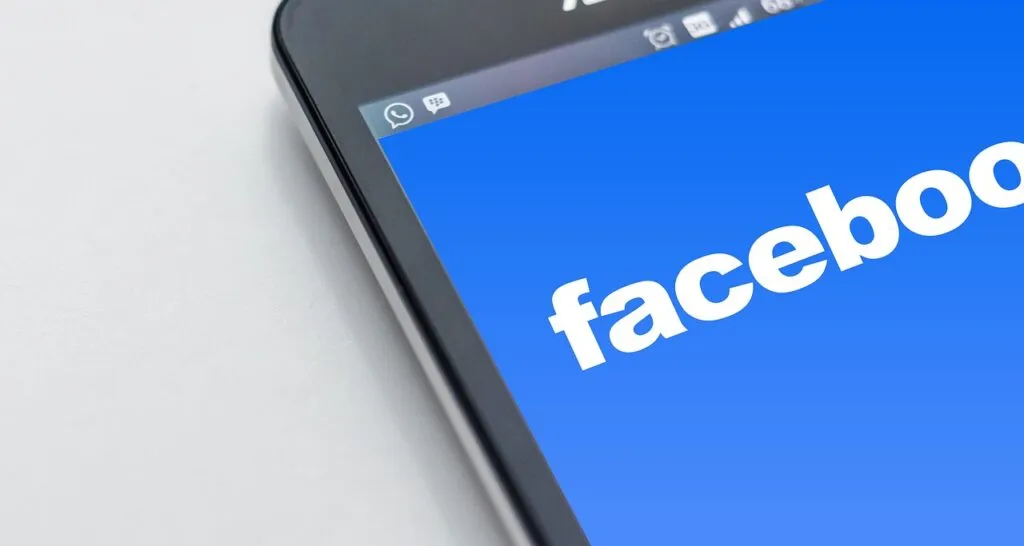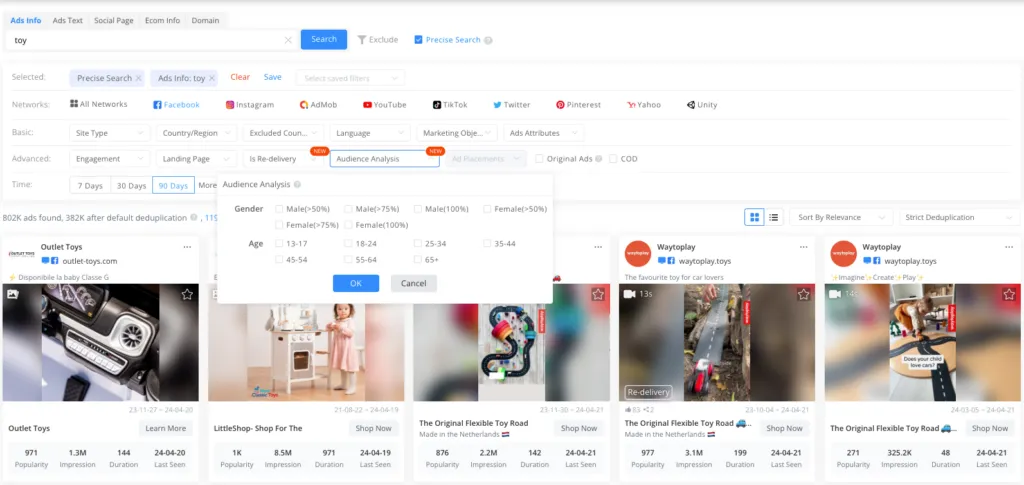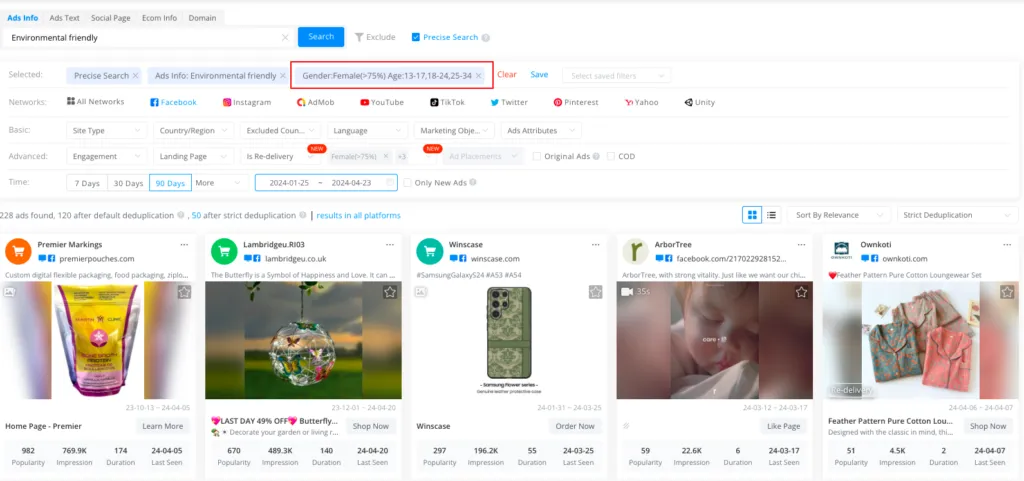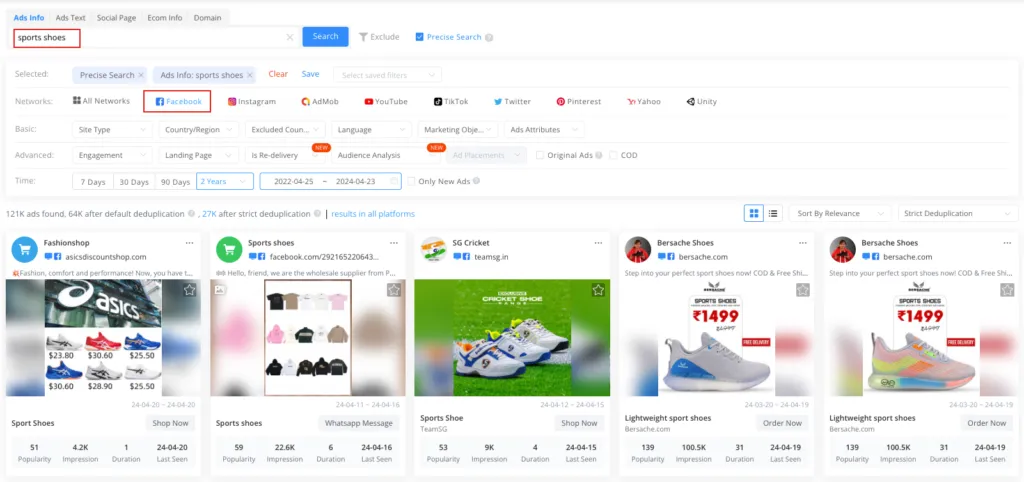Facebook Ads for Shopify: Tips, Tricks, and Tactics for Enhancing Online Sales
Facebook ads have become an indispensable tool for Shopify store owners to boost online sales and brand visibility. As the global online shopping market rapidly expands, utilizing Facebook's broad user base and powerful targeting capabilities allows merchants to precisely showcase their products to potential customers. Additionally, Facebook's advertising platform is particularly well-suited for small and medium-sized business owners because it offers flexible budgeting options, enabling even those with limited budgets to launch ad campaigns. Through highly customized ad content and target audience settings, Shopify merchants can optimize the return on each investment, not only increasing direct sales but also enhancing brand recognition and market share.

This article will detail how to effectively increase sales for Shopify stores through Facebook ads, including choosing the right ad types, targeting the appropriate audience, and optimizing ad content and budget allocation.
Understanding the basics of Facebook ads
Types of Facebook ads
Facebook offers advertisers various ad formats, each with its unique advantages and applicable scenarios, especially crucial for Shopify stores in boosting sales:
Dynamic ads: Dynamic ads automatically display relevant products based on Facebook users' interests, behaviors, and past shopping history. For Shopify merchants, this means presenting ads to users who have already shown interest in the products or similar items, significantly enhancing conversion rates.
Video ads: Video ads attract user attention through dynamic visual content, engaging users' interests and emotions more effectively than traditional static image ads. Shopify merchants can use video ads to demonstrate product usage, customer reviews, or the story behind the products, thereby strengthening users' purchasing intentions.
Carousel ads: Carousel ads allow multiple images or videos to be displayed, and users can swipe horizontally to view them. This format is ideal for Shopify merchants to showcase a product series or multiple related products, increasing product exposure and providing a richer visual experience.
Instant Experience ads: Instant Experience ads are a full-screen ad format that opens upon user interaction. These ads can combine videos, images, text, and other content forms to create an immersive shopping experience. Shopify merchants can use this ad format to offer an experience akin to a mini-website, increasing user engagement and conversion rates.
Setting up and utilizing Facebook Pixel
Facebook Pixel is an analytics tool that, by installing a small code snippet on your Shopify website, helps track user behavior on the site. This data is crucial for optimizing Facebook ad strategies.
Installing Facebook Pixel: First, create a Pixel in the Facebook Ads Manager, then add the generated code snippet to your Shopify store's website code. Shopify typically provides a simplified integration method, requiring only the Pixel ID to complete the setup automatically.
Using Facebook Pixel to track user behavior: Once installed, the Pixel can track various visitor actions, such as page views, adding to cart, and purchases. This data can be used to create more precise target audiences, for example, retargeting visitors who added items to their cart but did not complete a purchase.
Optimizing ad strategies: By analyzing data collected by Facebook Pixel, you can identify which ad content and audience targeting are most effective, allowing adjustments to ad content, audience, and budget allocation. Additionally, Pixel data can assist in A/B testing, comparing different ad versions to optimize ad effectiveness and enhance return on investment.
Identifying your Shopify store's target audience
Audience analysis
Facebook's powerful data analytics capabilities provide rich user data, including age, gender, geographic location, interests, shopping habits, and social activities. Through this data, Shopify merchants can accurately identify and target potential customers most likely to purchase their products.
For example, if a merchant sells children's toys, they can use Facebook's data analytics to target families with children, users involved in parenting groups, or those who frequently visit children's education websites. By effectively utilizing these data, merchants can direct their ads to users most likely interested in their products, thereby significantly improving the return on investment.

After obtaining your customer personas, you can filter the corresponding user groups on BigSpy to find excellent advertising materials.
Creating customer personas
Building buyer personas is an essential step in understanding and attracting target consumers. This process involves detailed descriptions of typical buyers within the target market, including their lifestyles, purchasing motivations, values, etc.
For instance, a Shopify store focused on sustainable living products might create a buyer persona of a young female with a strong environmental consciousness, inclined to purchase organic and eco-friendly products, and active on social media following sustainable development topics. By establishing such customer personas, merchants can more accurately tailor their Facebook ad content, using language and visual elements that resonate with these specific groups, thus more effectively capturing and retaining their attention.

Filter the young female demographic and gain inspiration from materials used by other Facebook advertisers.
Designing high-conversion Facebook ads for your Shopify store
Ad copy and visual elements
Successful Facebook ads rely on eye-catching ad copy and visual elements. High-quality ad copy should be concise and clear, quickly conveying the product's core benefits and engaging the target audience's emotions. For example, if the advertising goal is to sell a pair of sneakers, you could reference the ad creative shown below, which directly communicates the sneaker's various styles and characteristics—comfort, casual, elegant—allowing viewers to quickly grasp the brand's intended message.

If you encounter difficulties during the ad material creation phase, BigSpy might help you. You can log into BigSpy, search for the product category your store sells, such as the sneakers mentioned above, and then click "Facebook" to view approximately 27,000 ad materials, which will surely inspire your ad creation. Additionally, you can refer to other data analytics provided by BigSpy to evaluate the ad's performance, combining your work experience to quickly complete the material creation process.

Optimizing ad placement timing and frequency
The success of an ad also depends on its timing and frequency of placement. By analyzing the target audience's online activity patterns, you can choose to post ads during periods of highest user activity, such as evenings or weekends. Additionally, adjusting the ad's frequency is crucial; too frequent ads might annoy users, while too infrequent placements could lead to insufficient coverage. Balancing this aspect and gradually adjusting based on ad feedback is key to improving effectiveness.
How to adjust budget and bidding strategies for your Facebook ads
Setting a reasonable ad budget is fundamental to ensuring the effectiveness and sustainability of an ad campaign. Adjust the ad budget based on your store's sales targets and profit margins to ensure each investment brings a corresponding return. Facebook offers various bidding strategies, including cost per click (CPC), cost per mille (CPM), and cost per action (CPA). The appropriate bidding strategy should be based on the specific goals of the ad, for example, CPM might be preferred for increasing brand awareness, while CPC or CPA could be more suitable for driving sales.
Secrets to boosting Shopify store sales: Analyzing and optimizing ad performance
Regularly monitoring ad performance using tools like Facebook Insights is essential. The data provided by these tools can help merchants understand what aspects of their ads are working well and what needs improvement. Based on this data, merchants can conduct A/B tests, comparing different ad versions to find the optimal combination of ad elements. Continuous testing and optimization are crucial steps in enhancing ad effectiveness and ultimately achieving higher sales conversion rates.
Through the detailed steps and strategies outlined above, you can design more attractive and effective Facebook ads for Shopify stores, not only increasing sales but also optimizing the efficiency of your advertising budget usage.













